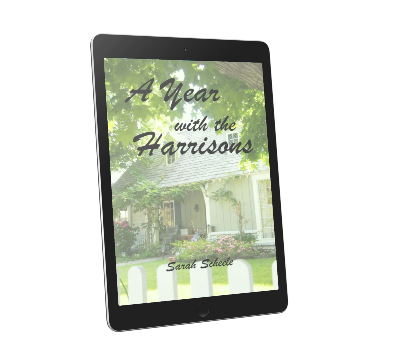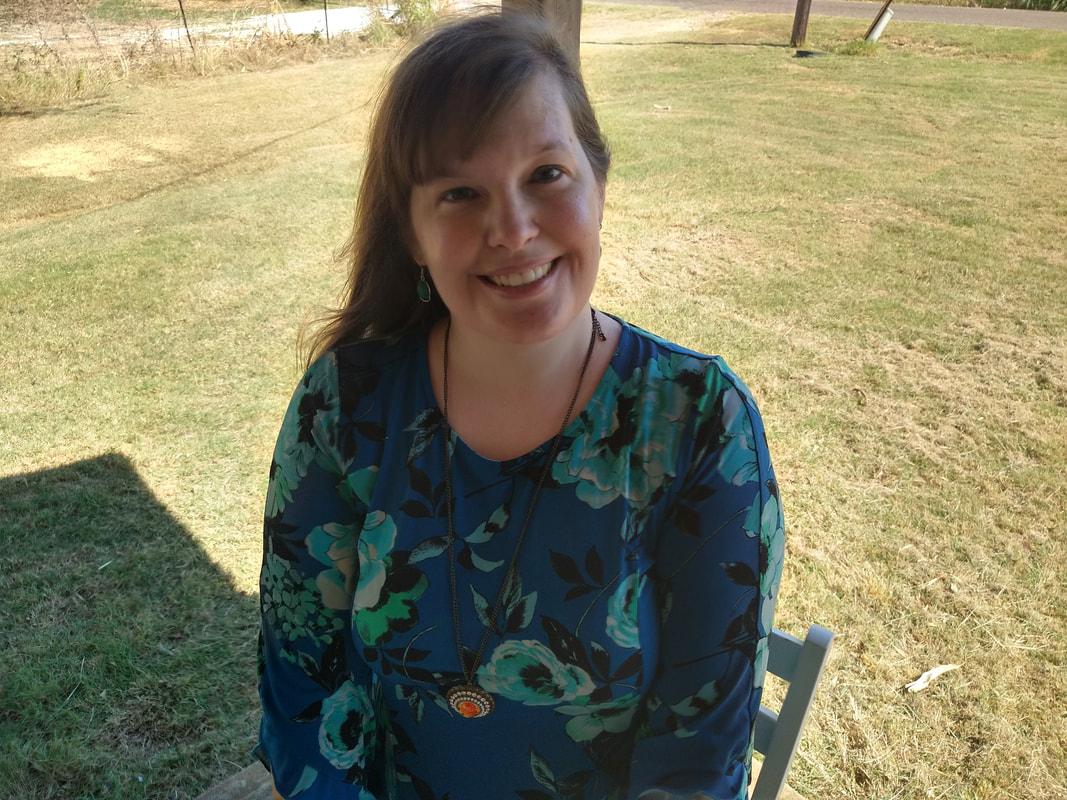|
Having a bad cold this week made me really reflect on the nature of comfort-food entertainment, because that’s what you go for like clockwork when you’re sick. As I skimmed through digital movies in my collection, immediately going for the most relaxing ones that would make it seem like my fever and sore throat weren't there, 😊 I noticed Miss Congeniality. I haven’t seen that movie in a while, but I remember a past incident where I had an extremely stressful encounter with a person and I started to have a breakdown. I couldn’t afford to get emotional right then because it was the middle of a party and there were lots of people around me. So I flipped through things to watch in a back room, in the few minutes I had to get a grip on myself, and Miss Congeniality was there. It’s not my favorite movie, but it felt far removed from what I was dealing with and that was the first time I realized it could be considered relaxing. I never forgot that. Many people find this movie offensive because it’s filled with profanity, has a lot of sexist jokes, and hints about sexual assault in a character's backstory. But when it was released over 20 years ago a lot of women felt it was comfort food. It embodied the chick flick with its mixture of seemingly real life and actual cheerful fantasy. I even heard a group of women at my church planning to put together a little posse to go see the sequel (Miss Congeniality 2.) Comfort is one of the most subjective genres as the characters in comfort fiction are not like real people. They have to appear real enough when you read a book or watch a movie. However, once you return to your life, you'll never see anyone who resembles these characters. That’s because they don’t exist. NOBODY is like that. They are purely fiction and people can strongly disagree about what constitutes a comforting fiction they'd like to see. John Wayne’s El Dorado, Harry Potter, the Night at the Museum Trilogy, Diary of a Wimpy Kid, and the All Creatures Great and Small TV series are all diverse examples of comfort fiction. Writing comfort fiction requires high levels of skill and many writers who use this medium are very talented. They have to find the perfect blend of Feels-Real-But-Actually-Isn’t to make their audience happy and safe. After all, when I was sick what did I need? That's right. Comfort fiction. But non-fans tend to be critical and hostile towards someone else’s comfort fiction. They don’t find it relaxing at all. They know it’s fake or they find many elements in it (like the cursing and sexism in Miss Congeniality) distracting and they tend to say so. So writing comfort work requires not just dedication to achieving a mastery of sheer fiction, but accepting backlash and complaints from people who aren’t the target audience. No one is more hostile than a consumer looking for a different slice of comfort food than the one you’re offering. 😊 A Year with the Harrisons is in the comfort fiction genre. It looks like the most personal of my stories-- basically about me and my family, just glamorized a bit. But actually it is fiction that intentionally looks personal as an aesthetic. You'd find none of its characters inhabiting the Texas towns and rural areas where I have passed my life. You’d also be unlikely to find its pop star characters anywhere that pop stars and famous musicians hang out. But the illusion that it’s a statement on my life, that it's almost autobiographical but won’t admit it, is part of what makes it a comfort story. 😊 Readers want to believe they've had a window into my background instead of actually exploring it. Comfort fiction is an exact science and every detail has to be perfect to fit the needs of the specific audience, so Harrisons has changed a little over time as my audience has evolved slightly. But the essential story has always been the same. It’s also true that a lot of people aren't going to find this book comforting. They find it distracting or even downright unlikable because they're not the audience. That's the nature of the genre!
Welcome to the family! Faith and family relationships are front and center in Letty Harrison’s life. As the homeschooled daughter of a devoutly religious rural Texas family, the two ideas are almost synonymous in her mind. But the other half of her family isn’t religious at all. Her father’s cousin was a famous pop singer who devoted her life to making money and pushing her daughters into society. Failed relationships and deep rifts have plagued Brenda Harrison’s clan for years. Until a couple of years ago, she never gave a thought to her quiet relatives still living in the heart of Texas. But perhaps wishing to redeem herself—or wanting to extend her authority over others—she offers Letty a scholarship to a college and attempts to reunite with her estranged daughter Betty on a reality show. What she sets in motion is a chain of events that changes everyone’s life for the better. Not least of all—her own. A Year with the Harrisons is a love story about a family whose members are very fond of their unusual way of life—both branches of it. A love story about two college kids who gradually overcome cultural obstacles to find each other. And a love story about a mother and her daughter, showing that the deepest bonds can create (and overcome) the deepest breaks. And there will be more updates. Ryan and Essie’s plot involves a twist where the two children turn out to have parallel siblings living on the planet Caricanus. Ryan’s parallel sibling is a twin sister named Rianna and Essie’s is a brother who’s two years older than she is, named Ethan. The initial way the story was written had Ethan also being Essie’s twin, but by the time the story was finished it had changed to being a brother only. Maybe two sets of twins running around on this planet just felt like overkill or maybe it was some other reason. Anyway, Ethan looks very similar to his sister and fills the exact same role in the story as Ryan’s twin sister does.
Caricanus is like a mirror world to ours where these kids go to learn about some of the relationships in their lives. So two characters to look at are ones who are closely involved with the twins plot—Viltan and Kalvarina. They are the only two characters who really seem to know Ethan and Rianna before the secret of their identities as related to Ryan and Essie is revealed. Viltan is someone we don’t know a lot about. He seems to be in his late teens, but could easily be older and just look young because he is not fully human. He is part Kinari, a race that appears in Facets of Fantasy’s story “Jurant,” so he has weird purple eyes. This purple color reflects a lot of his inner ambivalence since it is a blend of two opposing colors, red and blue. Because half-Kinari are rare, Viltan never fit in anywhere and ended up on Caricanus. While he’s not loyal or admirable, to the extent we get to know him through Ryan’s POV, Viltan is close friends with Ethan. He knows that Ethan is human (a secret at the time) though he does not know the significance of this, and he always protects Ethan’s identity. Kalvarina is the princess of the last castle that the kids visit in the story. Because there is a battle happening and Essie ends up destroying the castle through a mistake, we don’t see much of this castle compared to the lengthy time spent in some of the others. It is in a cold climate and the people there have a harsh warrior culture. Rianna lives alone a little to the north of the castle, in an observatory where she watches the stars. This mirrors her brother Ryan, who is in an observatory when Essie first meets him. Rianna mostly tames Vlagtaffs, a mysterious bird race, and keeps to herself, but Kalvarina seems to know where she lives and comes to ask for her help. She’s the only person shown aware of Rianna’s existence before the end of the book, though it’s possible Kalvarina’s parents might have known. And there will be more updates. A Year with the Harrisons was published on retail sites fairly recently but had an appearance as a weekly serial years before. It was a rambling story with lots of extra incidental tidbits that didn't make the final cut and even some unpublished chapters that have now fallen by the wayside, but many of the situations that appear in the finished book today are still quite relevant and its theme has always been stable--it describes a big extended family who might be a little out of the mainstream but who are really just like everybody's family. They’re not the only relatives to squabble, to feel more different from each other than they are, and to have a busybody aunt. And because of that, every reader can see a lot of their own parents, cousins, and siblings in these characters.
The five central characters: Brenda occupies a central place in the story and activates whole areas of the plots, influencing directly or indirectly almost every other character. A vibrant and talented musician who wears the concept of “star” like others wear perfume, she might be a little controlling, a little self-absorbed—at times, even a little teensy bit full of herself. Maybe? 😊 But her husband is quite right to call her One in a Million. Toffy is the young male character we get to know the most. Although his father is an ambitious and rather callous person, Toffy is quiet and takes a laid-back approach to the family lifestyle of athletics. Toffy has much stronger convictions and beliefs than you’d think because he rarely talks about these things. He befriends Letty in spite of their polar-different backgrounds. Joe is a middle-aged dad who works in a small town as a mechanic. His voice is always quiet and he blends in with other people. But he’s got a lot more wisdom than meets the eye and sees others far more than anyone realizes. A bit of an eccentric—and he’d probably like to call himself a mastermind of the good kind—he is usually in a perfect position to deal the final blow to a problem. Luna is the oldest of Joe’s three daughters. She is a really serious person who views doing the right things with her life and giving people a good impression of homeschooled teens as so important that she worries when her family (quite frequently) doesn't look perfect. She is also crucial in uniting all sorts of little plots throughout the book, making her one of the most important characters. Dr. Bunsen is the new pastor of the local church. He doesn’t get off on a good footing because he fires off a lot of rounds of suggestions for how the members could improve, setting them against him. He is angry about inadequacy in ministry to a hurting world, but his own life needs healing as much as that of anyone else he knows. And there will be more updates. |

Young Adult Fiction Author
Sarah ScheeleJoin the newsletter below! This signup has no reader magnets attached but I am preparing a freebie to be offered as part of the welcome email in the near future.
Categories
All
Check out my list of Top 5 Best Children's Adventure Books About Family and Exploring I've Recommended on Shepherd.com!
Archives
June 2023
|

